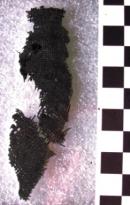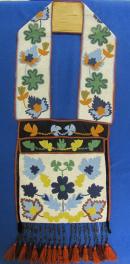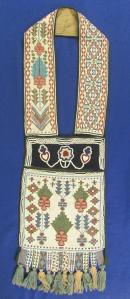Northeast
The Northeast region includes portions of southeastern Canada, and is bordered in the United States by the Mississippi River and Atlantic Coast. The tribes of this region represented in the Museum’s cradleboard collection are the Iroquois (4) and (1) Oneida example specifically, Menominee (1), Mexican Kickapoo (2), Ojibwa/Chippewa (7), Potawatomi (3), Sauk (1), and Winnebago/Ho-Chunk (3).





